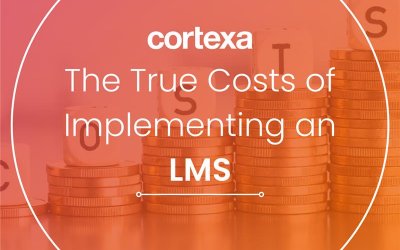Empowering Growth: A 3-Step Employee Development Plan for Organisational Success
First up, what exactly is an employee development plan?
Employee development plan explained
Employee development plans will aim to increase employee growth in line with business objectives, enhance job satisfaction, boost productivity, and ultimately cultivate a skilled workforce. Conducting regular evaluations will ensure adaptability, making employee development plans a dynamic tool that not only nurtures talent but also contributes to organisational agility and success.
Advantages of employee development plans for your business
Employee development plans have become an integral tool to attract and retain talent, support the achievement of business objectives, and boost profitability. Businesses that implement employee development plans benefit in many ways, including:
1. Companies can attract top talent by showing their commitment to employee growth and development.
2. Customised learning opportunities can lead to increased satisfaction, confidence, and engagement among employees.
3.Empowering employees to hone their skills and pursue new opportunities can lead to better performance in their current role, as well as better preparation for future positions.
4. Providing learning opportunities for staff, can lead to higher retention rates and lower turnover.
5. Tailored learning opportunities creates an employee experience that attracts high-performing talent.
Let’s delve into a 3-step approach to designing an impactful employee development plan.
1.Getting started with your employee development plan
2. Personalised development strategies
Regular check-ins and feedback sessions are also integral to this phase, fostering a continuous feedback loop. Adjustments to the learning path can be made based on progress, changing organisational needs, and individual aspirations.
3. Ensuring continuous improvement
Managers are crucial in the process of employee development plans (EDP) by giving constructive feedback, acknowledging accomplishments and identifying areas for improvement, and celebrating successes. Regularly updating the plans to respond to evolving business needs, technological advancements and individual career aspirations is essential for continuous improvement and sustained employee growth and organisational success.
In summary, a well-structured 3-step employee development plan aligns individual aspirations with organisational goals, creating a pathway for continuous learning and growth. By investing in their employees, organisations not only cultivate a skilled and adaptable workforce but also position themselves for long-term success in an ever-changing business landscape.



